
The market is competitive.
Too many students and young graduates apply blindly to any job offer going.
This may raise your chances of being seen, but you might also be ignored.
Before you apply to a job, take a moment to consider your priorities, and make sure you know what you want most. That will be your touchstone as you make your way through the interview process.
1. Feel Passionate, Act Passionate
Remember the excitement when you first got accepted into your design school? That passion brought you here. Carry that same fire into your job search. Don’t just hunt for any position—look for opportunities that spark your enthusiasm.
Passion is contagious—it shows in your attitude, your voice, and your work. When you’re genuinely excited, interviewers feel it and want to bring you on board. So, align your job hunt with what you truly love about design, and you’ll find your energy flowing naturally.
2. Believe in Yourself—Plan the Direction, but Embrace the Unknown
According to the Roman philosopher Seneca:
“If one does not know to which port one is sailing, no wind is favorable.”

During my studies, I made a meticulous plan for my future… and then learned that flexibility is key.
Embrace the surprises, detours, and challenges that shape you.
More important than perfect planning is resilience and passion.
Believe in your growth and enjoy every step—even the ones that feel uncertain.
Relax!
Life is full of ups and downs as a heartbeat is.
It’s full of unknown parameters, some positive and some negative. Whatever path you take, if you believe in yourself and your abilities you will be able to enjoy it.
You’ll fail, sure, but each day you’ll remake a better version of yourself. This is where you will build the strength to get what you want.
3. Know What Thrills You

It’s pretty common for a student to feel confused or disoriented over their career plan.
Some students might know straight away that they want to design, say, sports cars, but most spend a lot of time wondering what to do.
First of all, each designer is unique, so don’t waste your strength comparing your goals to those of your peers. Identify what resonates most with you.
But how?
1. Write down a physical list of all the things you like about design.
It could include categories like:
- Types of products (watches, jewelry, sneakers, sports equipment)
- Values (environmentalism, helping those in need, increasing company sales, creating groundbreaking products, designing awesome children’s toys, life-hacks)
- Parts of the creation process (sketching, sculpting, painting, creating engineering pieces, coming up with concepts)
- Self-satisfaction (finally seeing the physical product, seeing people enjoy using your products)
- Brands (Apple, Decathlon, Citroen)
- Culture (Mixing traditional and modern Japanese culture, the growing and challenging market in China, the innovation of the European and American marketplace…. Don’t hesitate to look at foreign countries. Design is an international language.)
- And make up more!
2. Next, rank what you’ve listed – do this solely with your heart and gut instinct. You’ll look at it practically later. By starting like this, you’ll begin to shape a future scenario you feel good about.
There are as many types of design jobs as there are flowers on Earth. You could focus on mass markets, jewelry, technology, urban furniture, sporting goods, watches, yachts, and so on. There is infinite diversity out there if you’re just willing to grab for it. You may end up loving all of these and choose to work for a design agency instead of an integrated design department.
Remember too that some students just go ahead and start up their own companies straight after graduation. They prepare for this during their studies, and being an entrepreneur in the early stages is definitely worth considering.
4. Write an Inspired Cover Letter
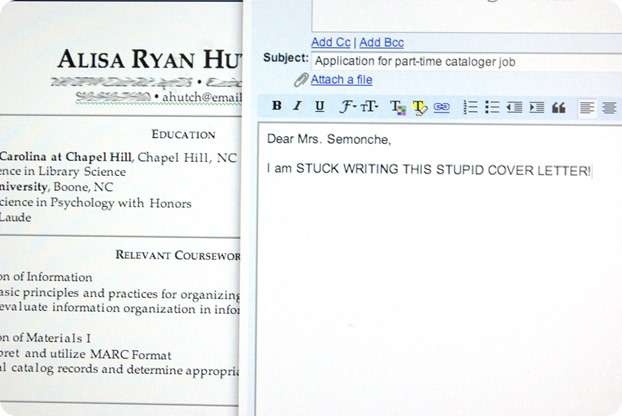
The recruiters will sense your passion and motivation; those things are hard to fake.
Treat your cover letter not as a boring formality, but as a chance to share your enthusiasm and personality. If you’re genuinely excited for a role, let that energy shine through your words.
Recruiters can sense excitement—it’s sincere and hard to fake.
If writing isn’t your strength, ask a friend for feedback. A great letter opens doors.
5. Make Time Your Friend
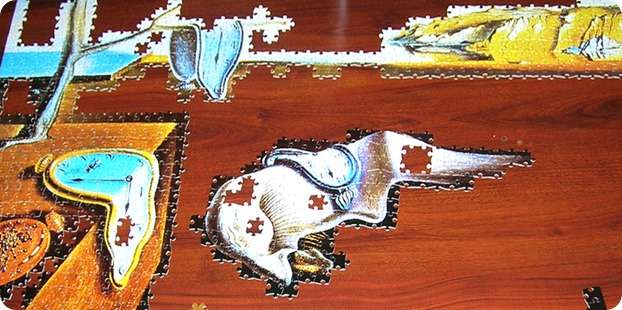
The earlier you start preparing your portfolio, applications, and projects, the better. Rushed applications rarely show your best work or true passion.
Give yourself enough time to craft thoughtful materials, practice interviews, and refine your goals. Time is one of your greatest allies in this process.
6. Think Big—Dream on Your Own Terms
“Think big” doesn’t mean just aiming for giant corporations or huge salaries.
It means valuing your dreams unapologetically.
Some smaller companies or startups offer amazing opportunities, close teams, and room to shine. Don’t discount them. Meet founders, learn their visions, and seek out environments where your talents are truly appreciated.
Your ideal design career is unique—dream boldly and pursue it honestly.
7. Don’t Wait for Perfection—Do Your Best Now
In design, there’s pressure to be perfect. But interviews are about fit, not perfect portfolios. You don’t have to be the best or most experienced candidate—you have to be the one who fits the team and the role.
Apply, even if you feel underqualified.
Each experience builds your skills and opportunities. The worst you can do is sit on the sidelines.
8. Be Selective—Create a Top 5 List of Dream Companies

Even if you’re a beginner give yourself a chance to be picky.
Instead of scattering your applications, focus on your top 5 dream employers.
Dive deep: research their culture, products, and challenges. Even if they don’t have open positions, reach out. Show interest—the unexpected can happen.
Applying strategically saves energy and increases your chances of meaningful interviews and offers.
To give an example, I can remember one day when I was at a company as an intern and a stranger knocked on the office door. He was a student who didn’t know much about the company but wanted to know more. So, he simply came in and met the design team. He may have left without leaving an application, but he did make a good impression.
9. Research Like a Journalist

Dig into the company’s competitors, market trends, technology they use, and news about them. Understand their challenges and goals. Use this knowledge in your interview to show you’re not just applying—you’re envisioning how to contribute.
Final Thoughts
Landing your dream design interview is as much about mindset and preparation as it is about skills. Feel your passion, believe in your journey, and approach each step with curiosity and confidence.
Remember: the design world is vast and full of opportunities for those willing to pursue them authentically.
I hope this article is helpful.
Cheers,
Chou-Tac
To read the same topic:
HOW TO TURN YOUR PORTFOLIO INTO A MARKETING WEAPON
14 INTERVIEW HACKS TO SUCCEED WITH CONFIDENCE



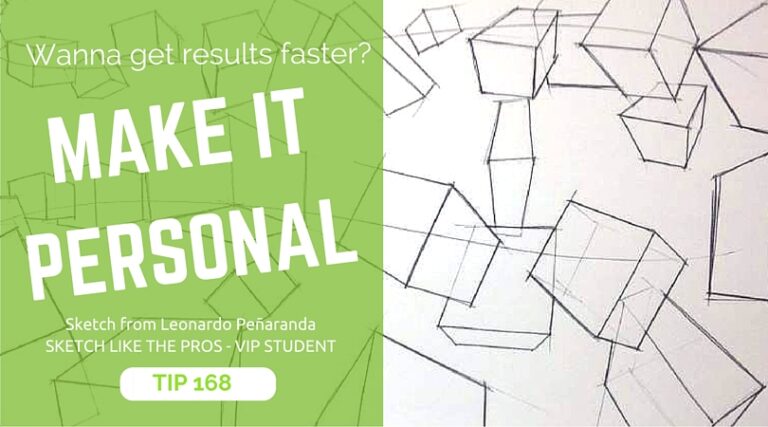

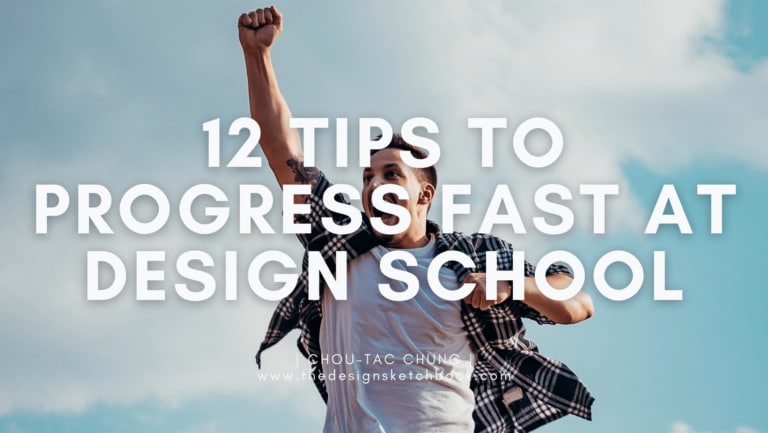

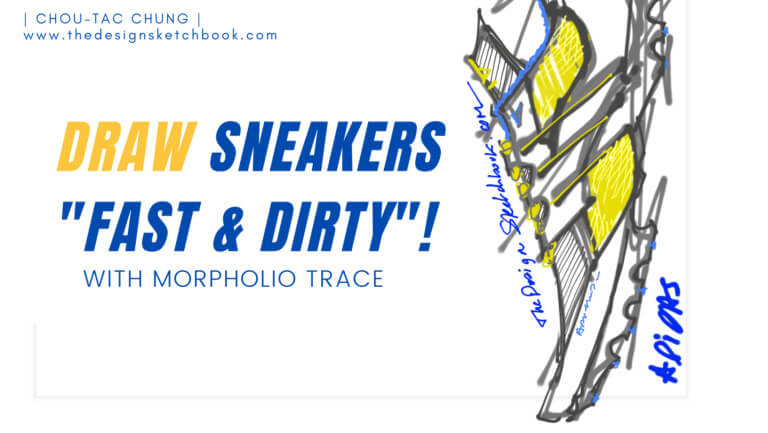
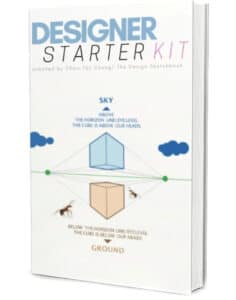


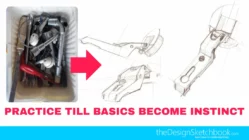

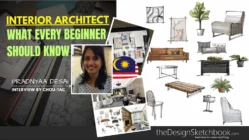

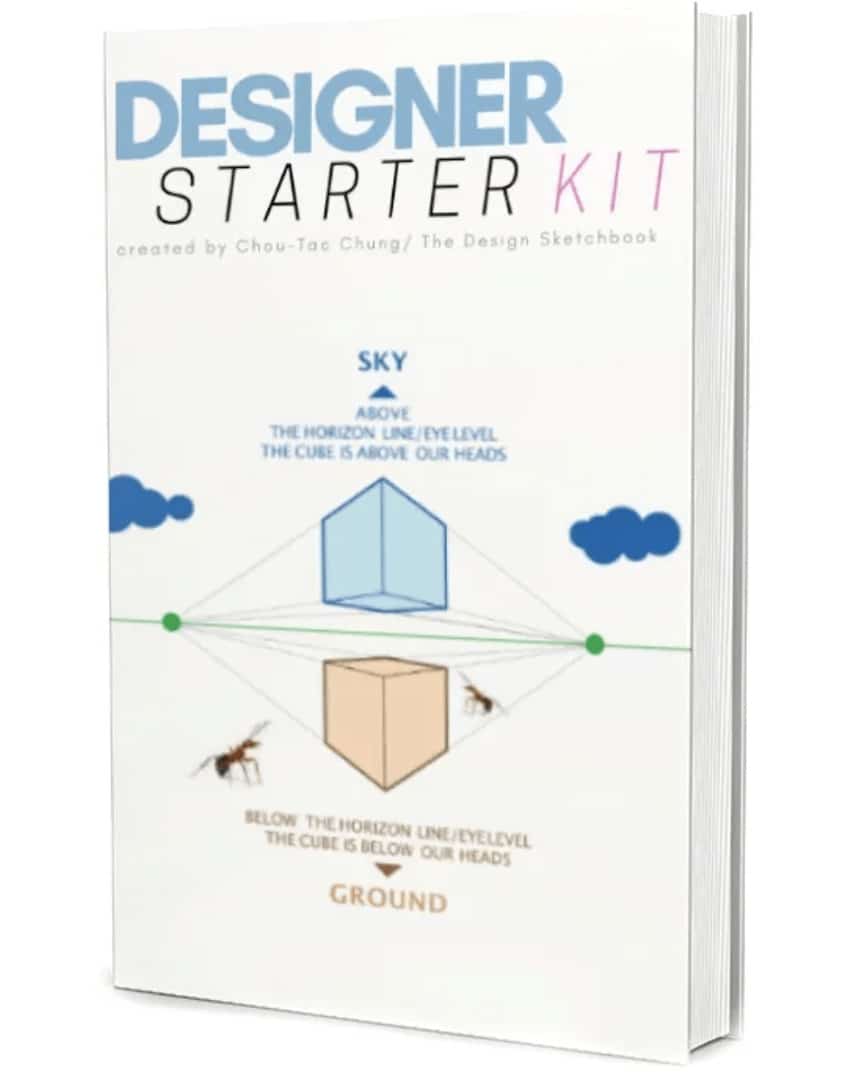


5 comments